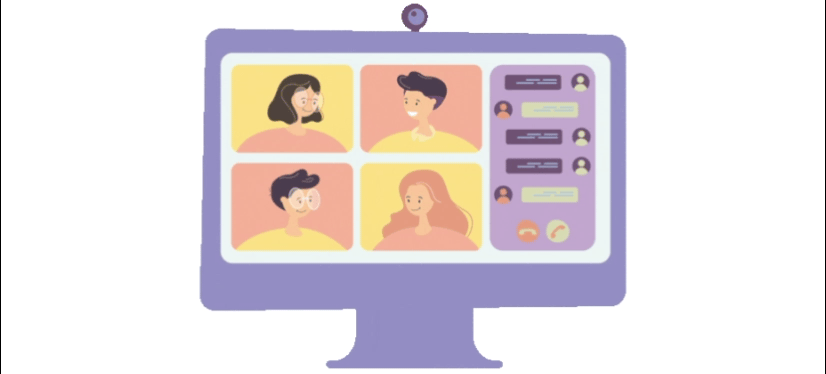
You might have often stared at the huge number of friends on your Facebook or followers on Instagram and wondered… Are these people really my ‘friends’? Are all these people relevant to my life?
Most often than not, the answer would be “no”. There are some connections online that fall even short of an acquaintance. There are people we randomly met on a trip or a holiday and never talked to again, some are friends of friends who we know only by name. We keep adding people to our virtual social network until it becomes a huge number but rarely does this number translate to tangible, meaningful social relationships. We find ourselves thinking, “I can’t possibly be friends with all of them!” But have you ever wondered why? The answer could lie within the evolutionary history of the human brain.
Also Read: What Would Humans Look Like In A Million Years?
Humans are highly social beings, much like other primates, which are their “close relatives” in evolutionary terms. What’s a primate? Well, a primate is a monkey, ape, human, or other similar mammal. When you see the word primate, you probably think of monkeys, but humans too are considered primates!
Among primates, humans form an extreme group that evolved to have almost three times more volume in their skulls than even the closest living primates.
Humans, like all primates, are social animals with brains that have evolved to manage social relationships. Managing social relationships isn’t easy though. Our brains are only so big, so there’s a limit on how many relationships we can effectively manage.
Also read: Origin Story: Why Do We Say Hello When Answering the Phone?
Anthropologist Rubin Dunbar came up with interesting research on how many friends one person can have. Dunbar’s number is basically the number of friends any human can have.
This theory suggests that one person can have a healthy friendship with 150 other humans at the maximum. Numbers larger than this requires the person to consciously put in a lot of effort, change his norms and rules so that he can create a level of stability. How did Dunbar reach this number?
He studied the size of the brains of other primates like humans and found out the relation between the size of the brain and the capacity to build relationships. He then used a lot of historical and physiological data to test this hypothesis on humans and turned out that it applies to us too!
So whether you are a big extrovert or the life of a big party, Dunbar’s number suggests that you can have no more than 100-250 friends, 150 being the average.
Also Read: Origin Story: Who Invented Money?
According to the theory, the tightest circle has just five people – loved ones. That’s followed by successive layers of 15 (good friends), 50 (friends), 150 (meaningful contacts), 500 (acquaintances) and 1500 (people you can recognize). People migrate in and out of these layers, but the idea is that space has to be carved out for any new entrants.
Thus, Dunbar’s number explains not the quantity or number of friends you can have, but rather the quality or number of ‘meaningful’ social connections.
Now that’s an interesting question! Living in this era where we have many, many friends and connections on Facebook to Twitter, Instagram and more such social media platforms, does Dunbar’s number still hold true?
One would think that the internet would have helped us easily jump over primitive hurdles, such as limited brain size while socializing.
Funnily enough, this is not the case. Our virtual social networking was also found to be ruled by Dunbar’s number!
Here is an example you all could relate to.
Over time, we keep adding people to our social network. But then a day comes when you feel like “cleaning your contact list”, doesn’t it? With every new friend who is added to your social circle, an old friend or the least insignificant one is removed. This has nothing to do with you bearing any grudges f but just a way to make room for enough people in your limited social circle.
A study was conducted on user behaviour on Twitter. It showed that over six months, users could stably maintain an average of only 150 relationships. After all, maintaining stable connections online also requires the interactions and attention of an individual, which is a limited resource.
Similarly, a study on students using Facebook revealed that although they had an average of about 300 Facebook friends, most only considered roughly 75 of them as actual friends!
Whether virtual or real, our relationships seem to be ruled by Dunbar’s number!
Humans are highly evolved primates. We may have introduced new technologies, such as the internet, which makes our life easy, but the truth remains that we are just “primates with the internet” and are not too different after all from other primates when it comes to social behaviour.
Online or offline, there is simply a limit to how much of our brain’s resources can be devoted to socializing. There is no cheat sheet to making more friends—even with the internet to help!
Raza has been writing since 2008, be it fiction, poetry, or articles on science, politics, and history. He believes that words can change the world, and he uses them to inspire and empower people through his writing. When he is not working, he is watching nature documentaries or playing with his cats.